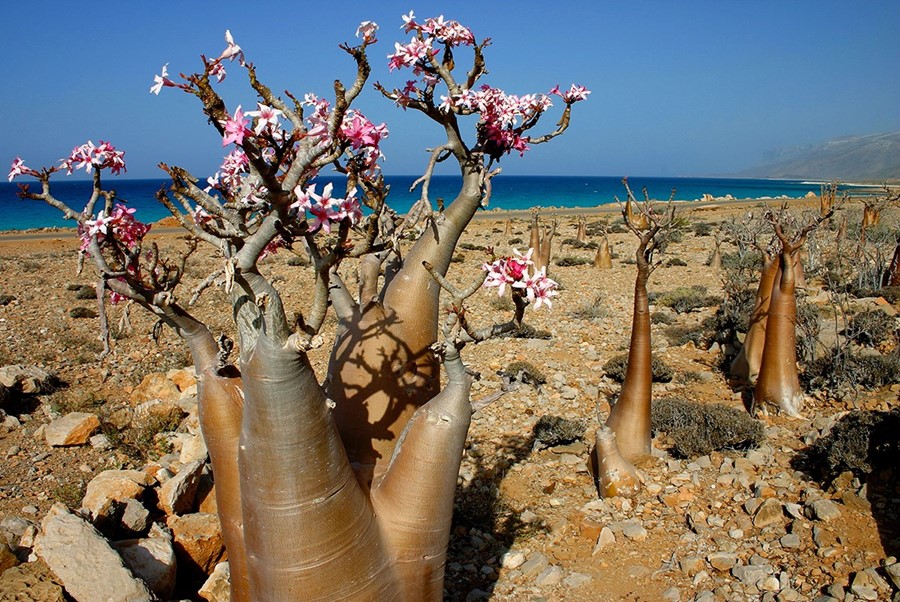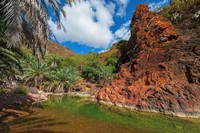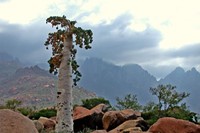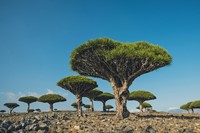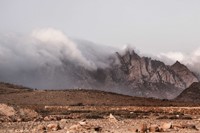super/collider voyages to the idyllic island of Socotra, Yemen – one of the most isolated landforms on Earth
Where on Earth?
Socotra, Yemen
GPS Coordinates: 12°30′N 53°55′E
Located 130 nautical miles east of Africa, Socotra is truly a world apart. Separated from the mainland by the waves for at least 250 million years, the island archipelago is home to a series of exotic species found nowhere else on the planet. Stranded by continental drift, instead of being created volcanic activity, it is one of the most isolated landforms on Earth. As if getting there isn’t hard enough geographically, the current situation in Yemen, which administers the island, makes it politically remote too.
Set due south of Oman on the Arabian Peninsula, near the approach to the Gulf of Aden, Socotra was charted by the Greeks in the first century, and gets a mention in The Travels of Marco Polo. Archeologists have uncovered ancient texts on the island written in the Indian Brāhmī script, Greek, Ethiopian, Arabian, Palmyrene and Bactrian – revealing much about trade routes in the Indian Ocean region two millennia ago.
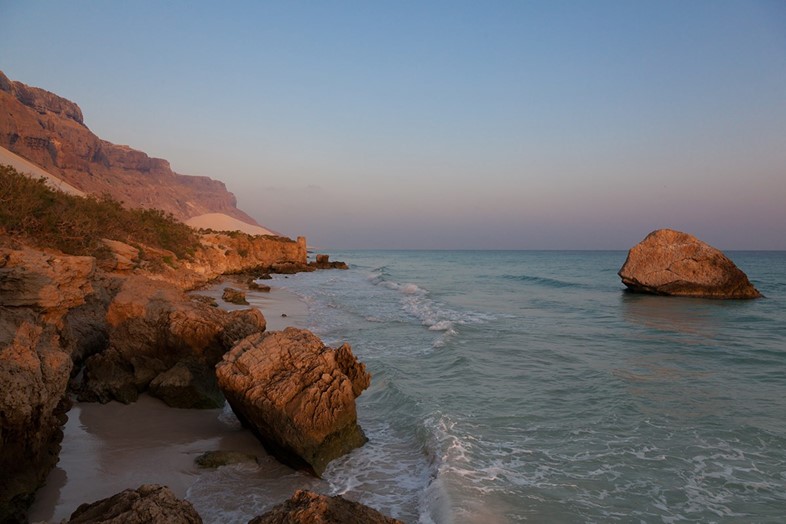
What on Earth?
Socotra’s isolation has spawned a large number of endemic species, which exist only on the main island and/or the three smaller ones to the West: Abd al Kuri, Samhah and Darsah. These include the iconic dragon's blood tree (Dracaena cinnabari), which exudes red sap and somewhat resembles the baobab trees found further south, on the equally biologically important island of Madagascar. Studies by biologists and botanists have revealed 700 endemic species on Socotra, including a full 37% of the islands’ plant species.
And it’s not just plants and animals that are unique. A study of human DNA patterns among the main island’s 40,000 or so inhabitants has found a couple of rare genetic markers that don’t show up anywhere else. Although it has been found in Oman and elsewhere, males on the island are mostly in the unique Paragroup J-P209*, while some female residents are part of even rarer branches of the mtDNA haplogroup N, some of which are found nowhere else on the planet. Studying these distinctions is giving researchers insight into how and when humans migrated out of Africa and spread across the globe.

How on Earth?
Getting to Socotra via Yemen used to be hard, but now it’s next to impossible. Flights to the island transit in a city currently controlled by Al Qaeda while piracy around the Horn of Africa makes crossing by sea very risky. Instead, tour operators Socotra Eco Tours currently recommend traveling via Dubai. For the latest information on getting there and what they offer, see their website.
